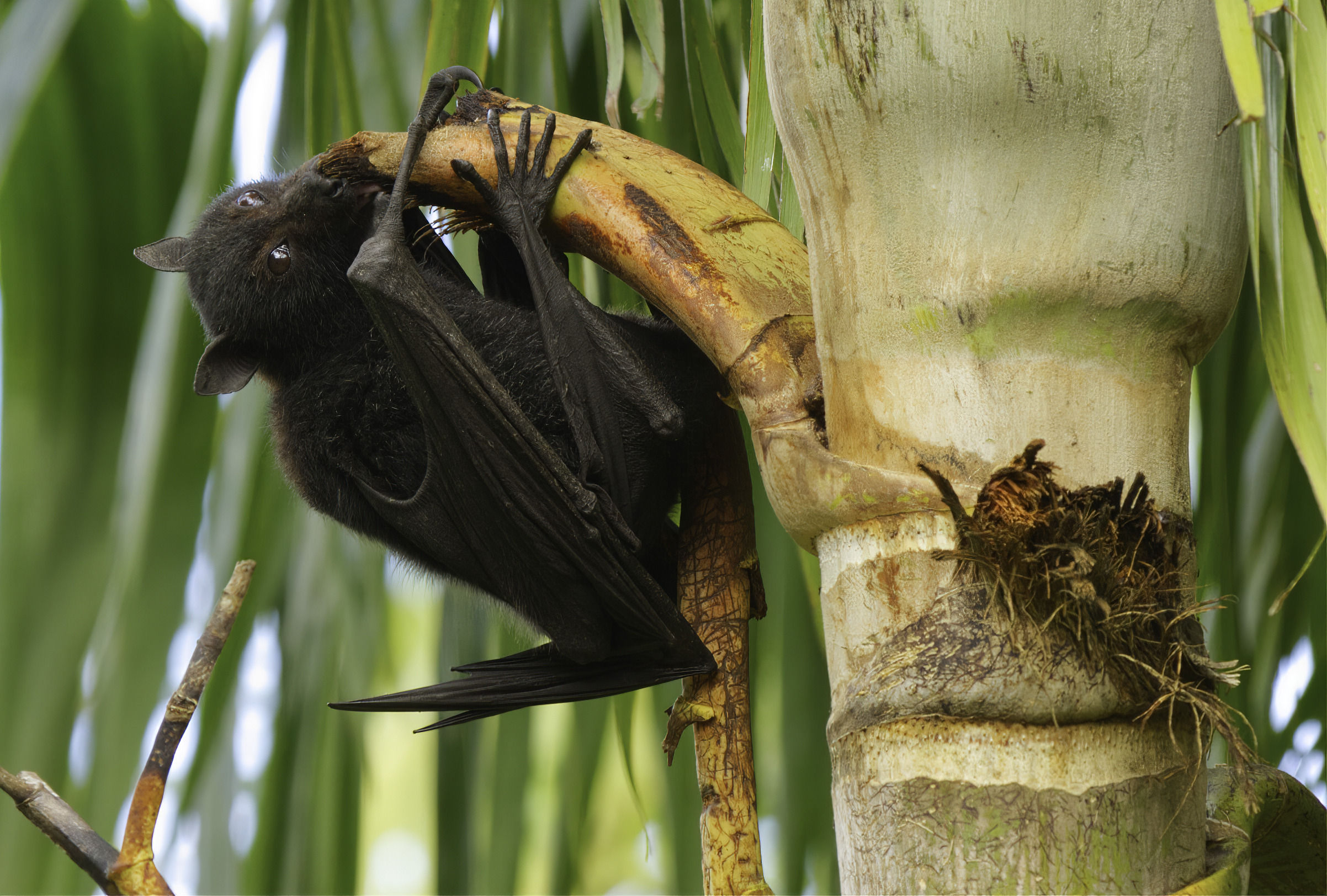Such control was labelled “protection.”
The best account of the decades of cattle station life, when people were “prisoners in their own country,” is offered in Hobbles Danaiyarri, “The Saga of Captain Cook,” in Australia’s Empire, ed. Deryck Schreuder and Stuart Ward (Oxford University Press, 2008); Deborah Bird Rose, “The Saga of Captain Cook: Morality in Aboriginal and European Law,” Australian Aboriginal Studies, no. 2 (1984).
See Donald Grinde and Bruce Johansen, Ecocide of Native America: Environmental Destruction of Indian Lands and Peoples (Clear Light Publishers, 1995).
See Deborah Bird Rose, Hidden Histories: Black Stories from Victoria River Downs, Humbert River, and Wave Hill Stations (Aboriginal Studies Press, 1991), 245.
As I gained experience in Land Rights’ hearings, I worked on about eighteen land claims (including disputes) across the Northern Territory, from the deserts to the Gulf of Carpentaria. I worked with Yarralin people on their claims to land, and on registering sacred sites. Some of these claims took years to resolve, but the legislation came with a sunset clause, and that phase of restorative justice is now finished. See Deborah Bird Rose, “Country for Yarralin,” July 7, 2016 →.
Between 1980 and 2018 the percentage of whitefellas jumped from .025 percent to 8.6 percent. Amenities increased, and so too, in keeping with government policy, did the scrutiny, oversight, and control. For a discussion of government policy, see Deborah Bird Rose, “Remembrance, in the Wake of Suicide,” March 28, 2016 →.
I have written extensively on these matters in other publications. See Rose, Hidden Histories; Dingo Makes Us Human: Life and Land in an Australian Aboriginal Culture (Cambridge University Press, 1992); Reports From a Wild Country: Ethics of Decolonisation (University of New South Wales Press, 2004); and Wild Dog Dreaming: Love and Extinction (University of Virginia Press, 2011).
Graham Harvey, Animism: Respecting the Living World (Columbia University Press, 2006), xi. See also The Handbook of Contemporary Animism, ed. Graham Harvey (Routledge, 2015).
The term originates in the Ojibwa language of North America.
Fiona Magowan, Melodies of Mourning: Music and Emotion in Northern Australia (University of Western Australia Press, 2007). She uses the term “mutual indwelling” to identify some of the deep implications of co-substantiality.
A. P. Elkin, The Australian Aborigines: How to Understand Them (Angus and Robertson, 1954), 133.
In classic anthropology the emphasis is primarily on biological descent. More nuanced approaches which emphasize kinship as an outcome of nurturing relationships provide a balance to the earlier emphasis on descent.
Kinship is one of the perennial topics in the disciplines of anthropology. On the matter of considering both practice and structures, see, for example, David Schneider, A Critique of the Study of Kinship (University of Michigan Press, 1984); also Maximilian Holland, Social Bonding and Nurture Kinship: Compatibility between Cultural and Biological Approaches (CreateSpace Press, 2012).
This is not a complete analysis of the complexities. For greater detail, see Rose, Dingo Makes Us Human.
This story is recounted in greater detail in Rose, Dingo Makes Us Human, 83–85.
Excerpted from chapter 4 of Deborah Bird Rose, Shimmer: Flying Fox Exuberance in Worlds of Peril (Edinburgh University Press, forthcoming 2022).
